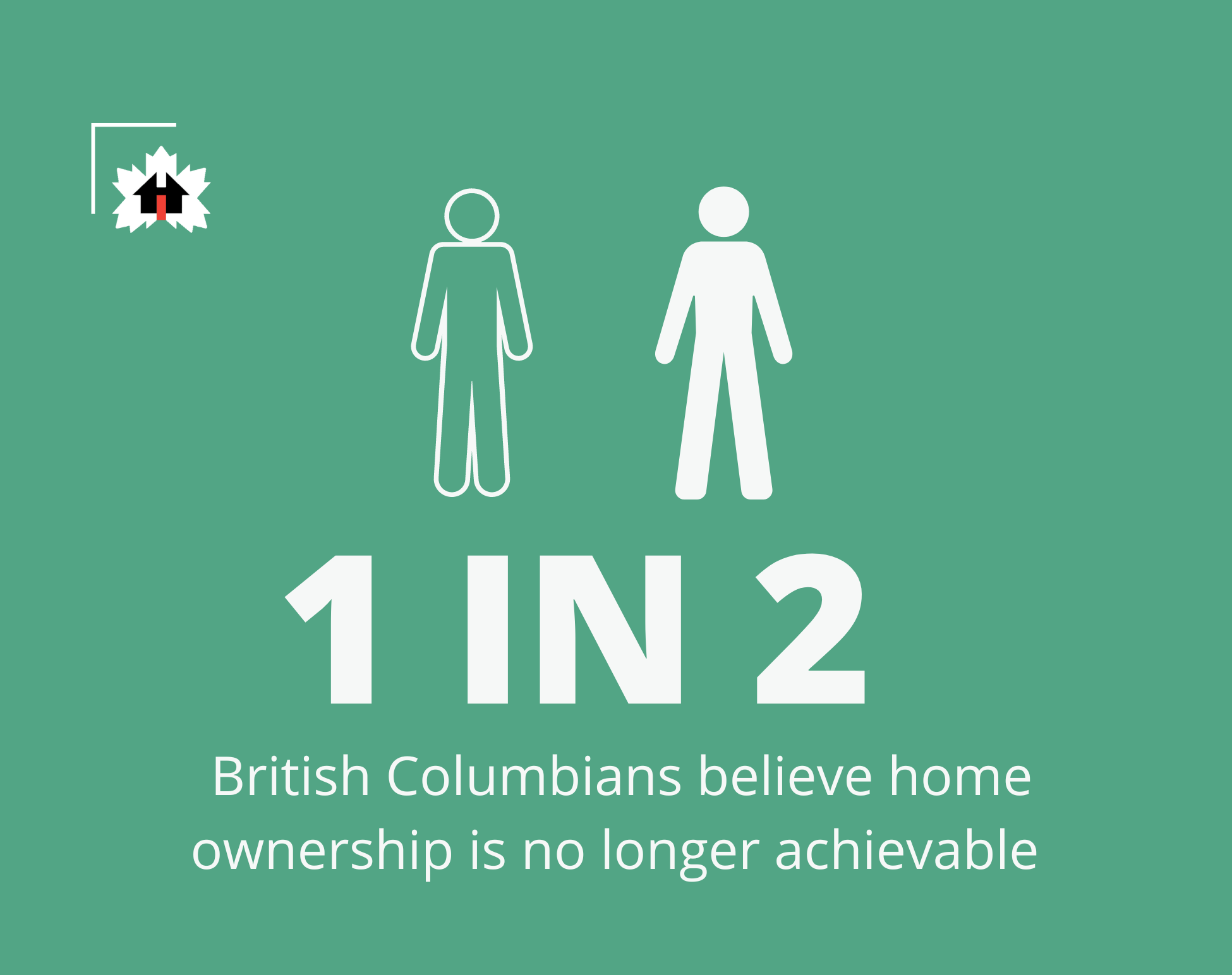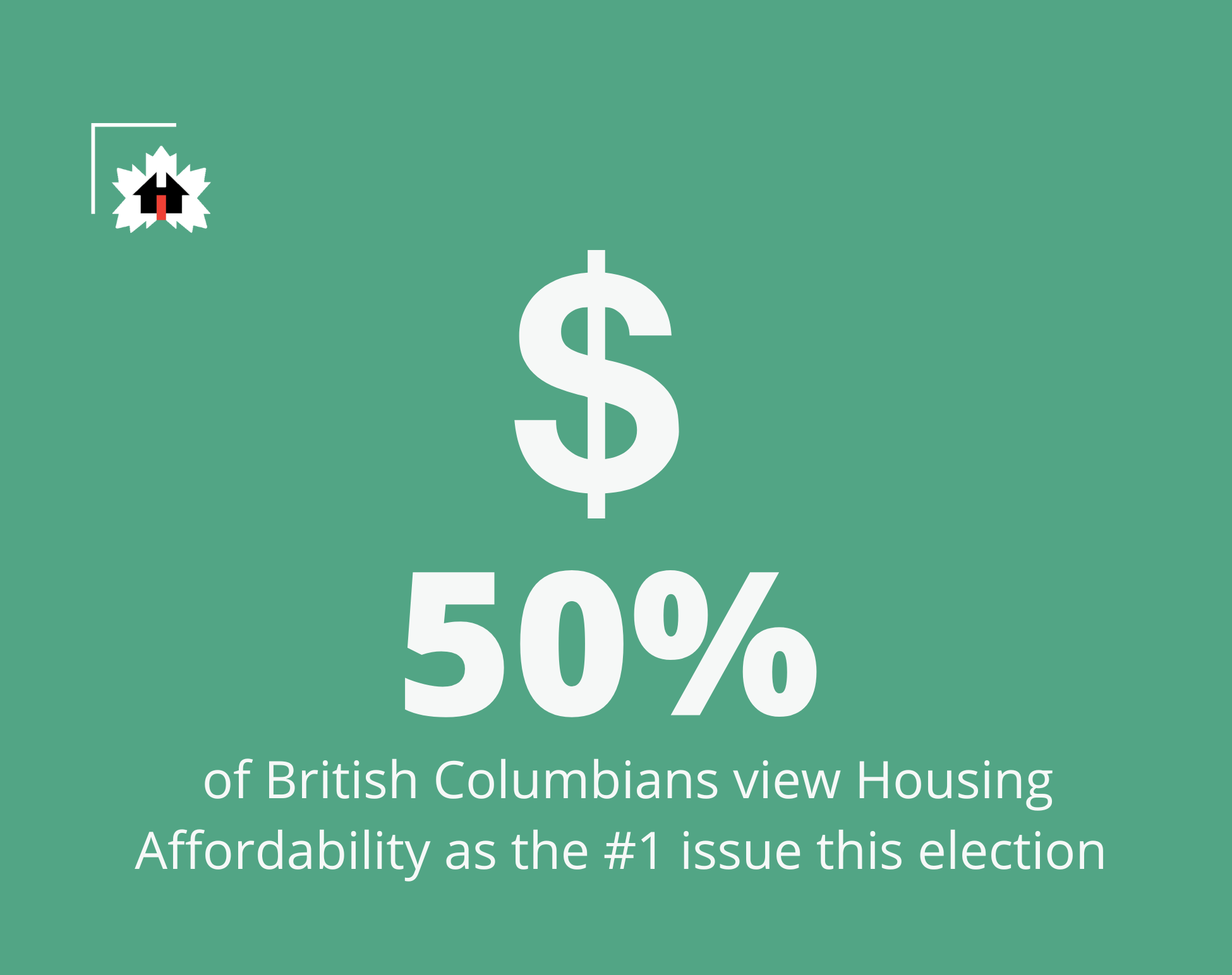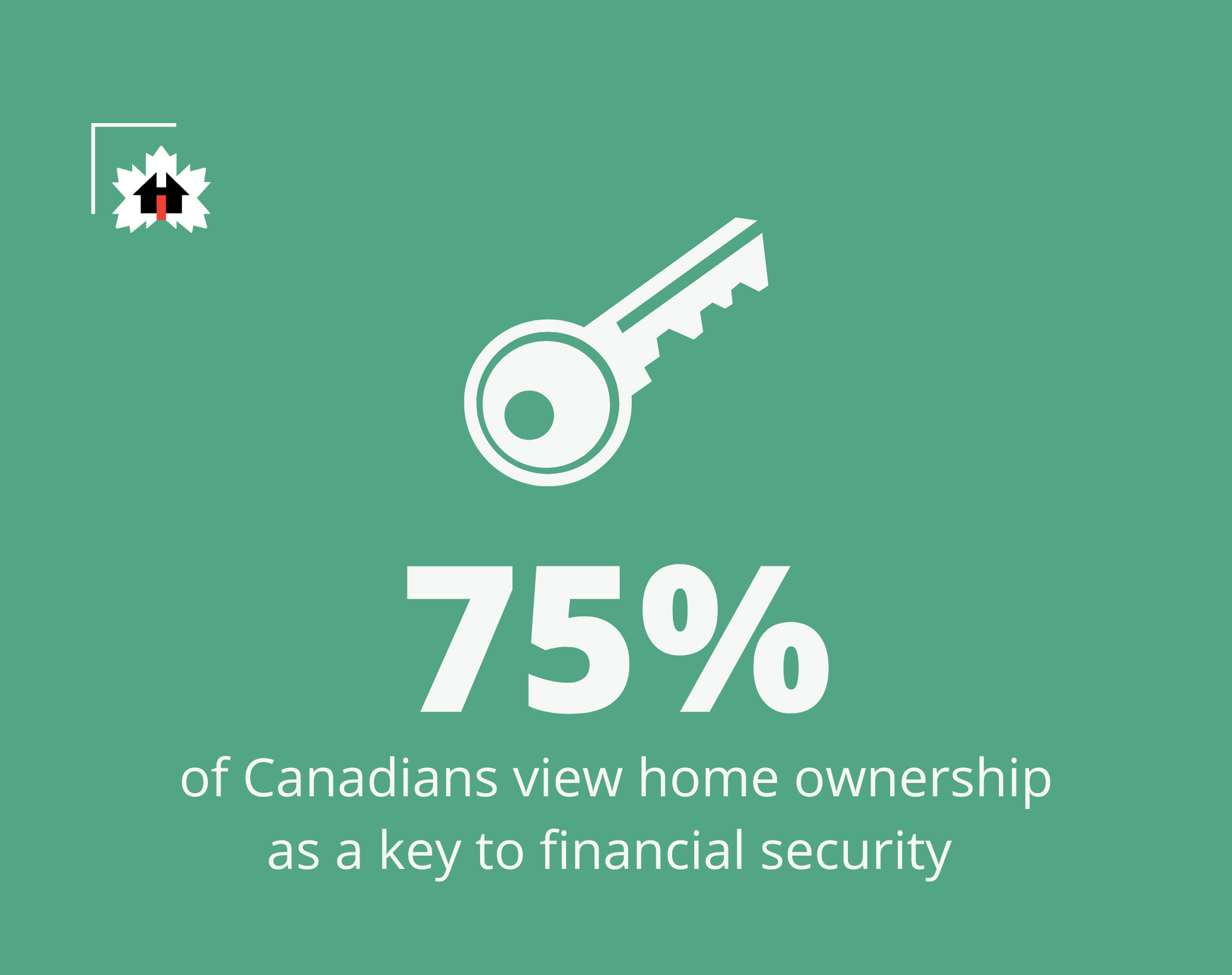Housing Affordability Matters
Municipal elections are set to take place on October 15, 2022, and many Central Okanagan residents' number one concern is the cost of housing. While many candidates claim "there isn't much we can do about the cost of housing", this is not true.
Voting for a progressive council and Mayor is the most important step to making housing more affordable.






Kelowna Candidate Surveys
The average home in Kelowna is now over $1 million dollars. As the fastest growing community in Canada, Kelowna has been approving lots of housing. But we need even more homes to meet this demand.
Vernon Candidate Suveys
Vernon is also benefitting from the growth of the region. While timelines are improving, there is more work to be done to empower staff and speed up housing approvals.
West Kelowna Candidate Surveys
West Kelowna is in the process of creating a new Official Community Plan. Now is the time to review all of the barriers that impact housing affordability and slow down the construction of new homes.
Lake Country Candidate Surveys
It takes longer to get a home built in Lake Country than anywhere else in the Central Okanagan. These delays add costs to housing as projects take longer to get built, or get cancelled all together.
The Canadian Home Builders Association - Central Okanagan has reached out to all municipal candidates in Kelowna, West Kelowna, Vernon, Lake Country, and Peachland to discuss the ways city councillors can affect the price of housing. Below is a list of the issues. We will update with councillor responses as we receive them.
Buying a home in Kelowna is expensive. In 2016, the average home cost $473,780. Today, that cost is over one million dollars. The cost of housing has a huge impact on our community and our local economy. If residents can’t afford to live here, businesses will be impacted by a labour shortage (which we are already seeing across the Central Okanagan). Read more
Short for ‘Not in My Back Yard’, NIMBY’s may be supportive of more housing, as long as it doesn’t happen in their neighbourhood. The result is not only a lack of social housing, but also a lack of homes for families with young children – often called ‘The Missing Middle’. When NIMBY’s win, the community loses, and housing costs go up. Read more
Whether you are at the grocery store or building a new home, materials, shipping, and labour are all increasing in cost. When building a new home, these costs eventually get passed along to the end buyer. Development Cost Charges (DCCs), are a tax put in place by local government whenever a new house gets built. In Kelowna, the average DCC cost is over $31,000 per home! Read more
We need more homes of all types. We need mid-rise and high-rise condos to house those that prefer to live close to the urban core. We need denser forms of ground-access housing like townhomes, duplexes, and triplexes to support the needs of new and growing families. Read more
While the provincial government has created steps to make new home construction more energy efficient, outdated homes continue to contribute to our climate crisis. If we want to meet our climate goals, we need to focus on older homes and buildings. Municipalities play a direct role in this. Read more
Policy Impacts Affordability
Demand is increasing with a growing population. However, construction costs are also increasing. Regulatory and building costs can stop projects from proceeding. We need more housing supply to meet the demand, not less.
Residential construction is one the most regulated sectors of the economy. While each approval or change seems like a small impact, together they quickly impact housing affordability. These changes impact housing of all types.


